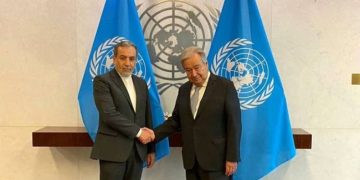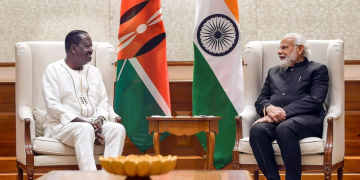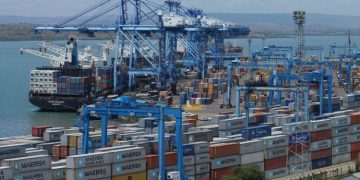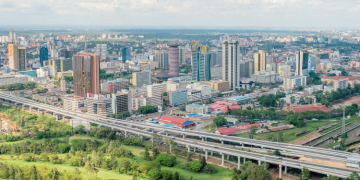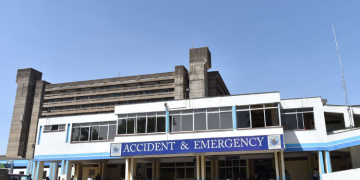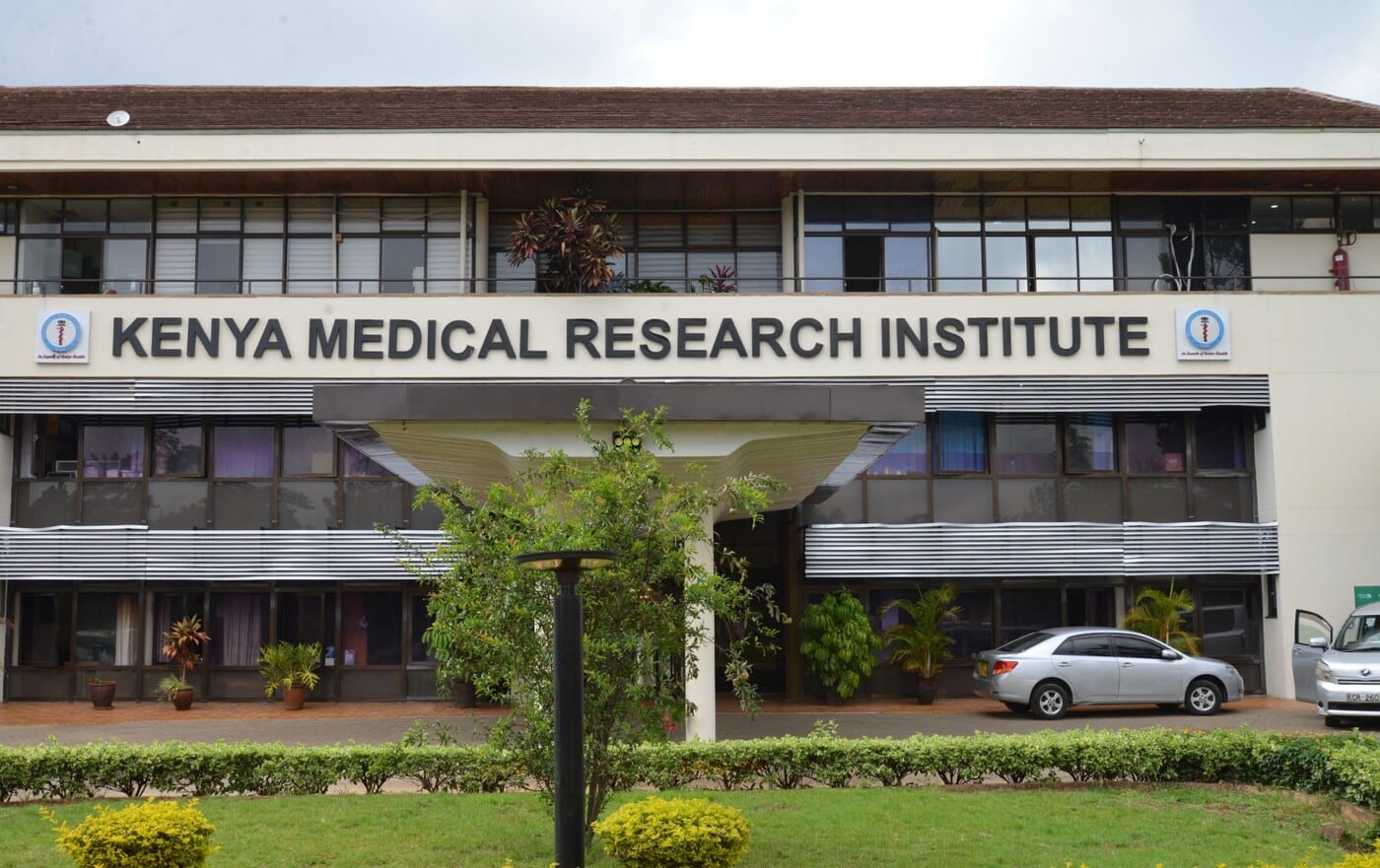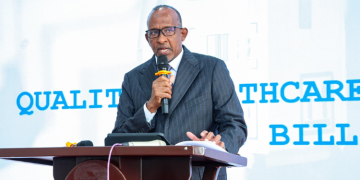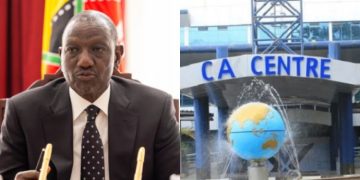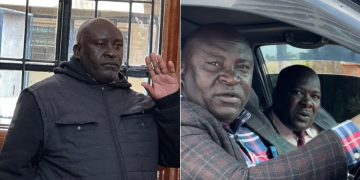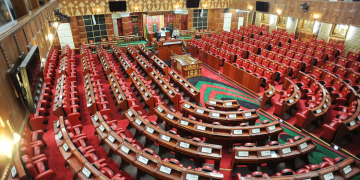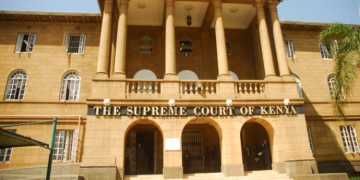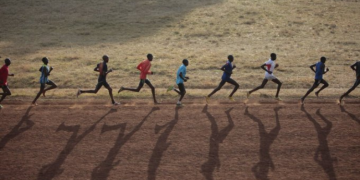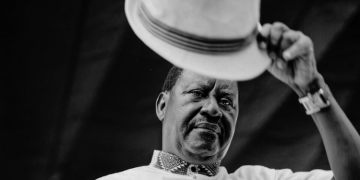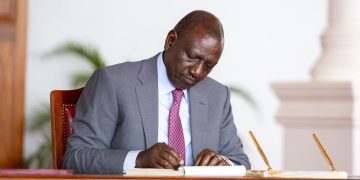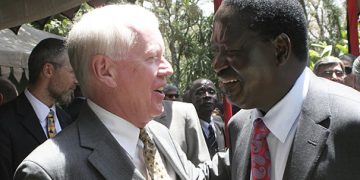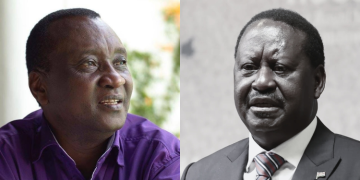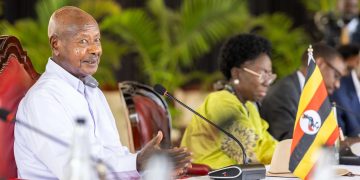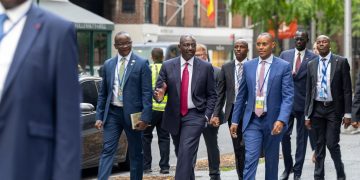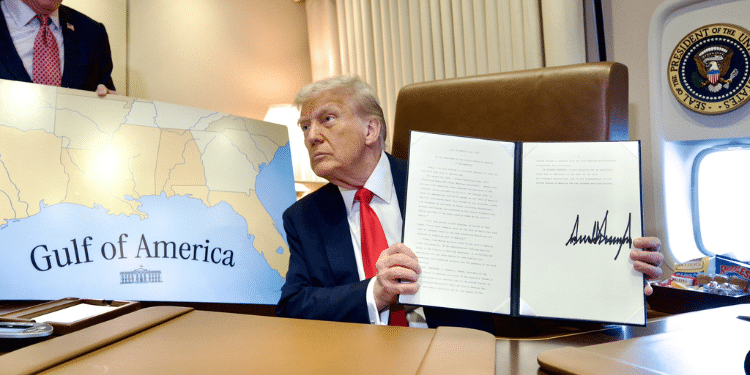President Donald Trump on 4 June 2025 signed a new ban restricting travel from 19 countries, reviving a cornerstone of his first-term agenda and citing threats to U.S. national security, public safety, and immigration enforcement.
The move builds on Trump’s earlier travel ban, upheld by the Supreme Court in Trump v. Hawaii and follows a review ordered under Executive Order 14161, signed on Inauguration Day, January 20th.
In a statement by White House, the order directed national security agencies to reassess global threats from foreign nationals seeking entry to the United States.
Twelve countries, including Afghanistan, Iran, and Somalia, now face full entry bans due to what the White House calls inadequate screening and vetting measures and other security deficiencies.
Another seven nations face partial restrictions for high visa overstay rates, lack of document verification, and poor cooperation on deportations.
Also Read: CBK Joins Omtatah in Cases Challenging Govt Illegal Borrowing
“We will restore the travel ban, some people call it the Trump travel ban and keep the radical Islamic terrorists out of our country,” Trump said in a statement released by the White House. “The Supreme Court upheld it once, and we are building on that lawful, common-sense foundation.”
List of Banned Countries by Trump
Fully Restricted Countries:
- Afghanistan
- Burma
- Chad
- Republic of the Congo
- Equatorial Guinea
- Eritrea
- Haiti
- Iran
- Libya
- Somalia
- Sudan
- Yemen
Partially Restricted Countries:
- Burundi
- Cuba
- Laos
- Sierra Leone
- Togo
- Turkmenistan
- Venezuela
National Security Justifications
The administration cited various justifications for each targeted country. Afghanistan, for example, is currently under Taliban rule and lacks a central authority to issue reliable documents.
Iran and Cuba were cited as state sponsors of terrorism, while countries like Chad and Equatorial Guinea were flagged for alarmingly high visa overstay rates.
“Some of these nations show blatant disregard for our immigration laws,” a senior administration official said, referencing overstay rates such as Burma’s 42% among student and exchange visas, and Equatorial Guinea’s 70% in the same category.
Also Read: Man Nabbed After Scaling Wall to Marry Trump’s Granddaughter
The White House also said many of the countries refused to accept deported nationals, complicating U.S. immigration enforcement efforts.
Exceptions and Diplomatic Aims
The proclamation includes exceptions for U.S. lawful permanent residents, existing visa holders, and individuals whose entry serves national interests.
The administration emphasized that restrictions are tailored to each country’s circumstances and are meant to encourage greater cooperation.
The policy aligns with broader diplomatic and counterterrorism goals.
During his first term, Trump’s original ban drew sharp criticism but was ultimately upheld by the Supreme Court, which found it expressly premised on legitimate purposes and squarely within the scope of Presidential authority.
“We must ensure those who come to our country do not pose a threat to the American people,” the president said.
The travel restrictions take effect immediately.
Follow our WhatsApp Channel and X Account for real-time news updates.







